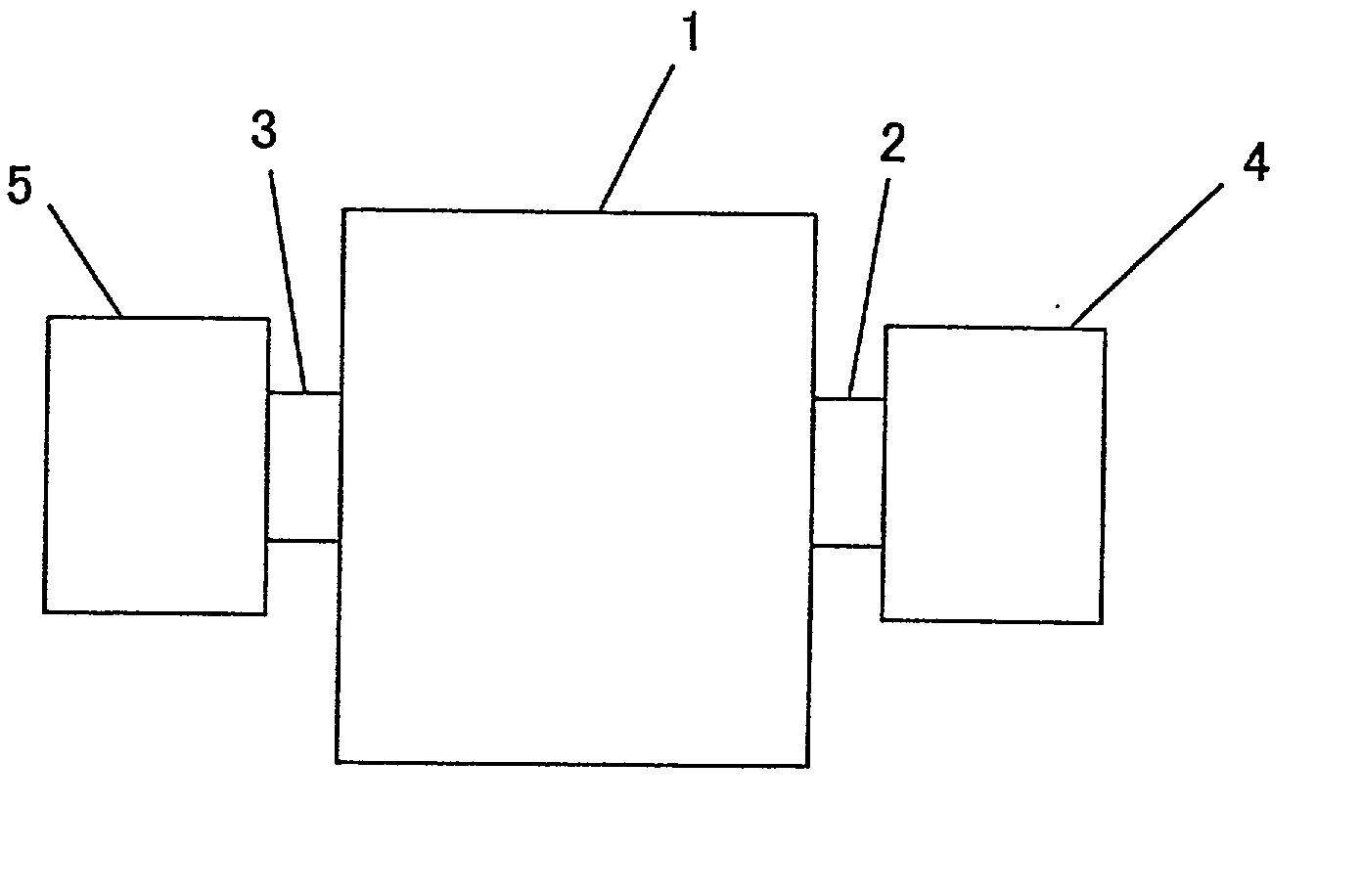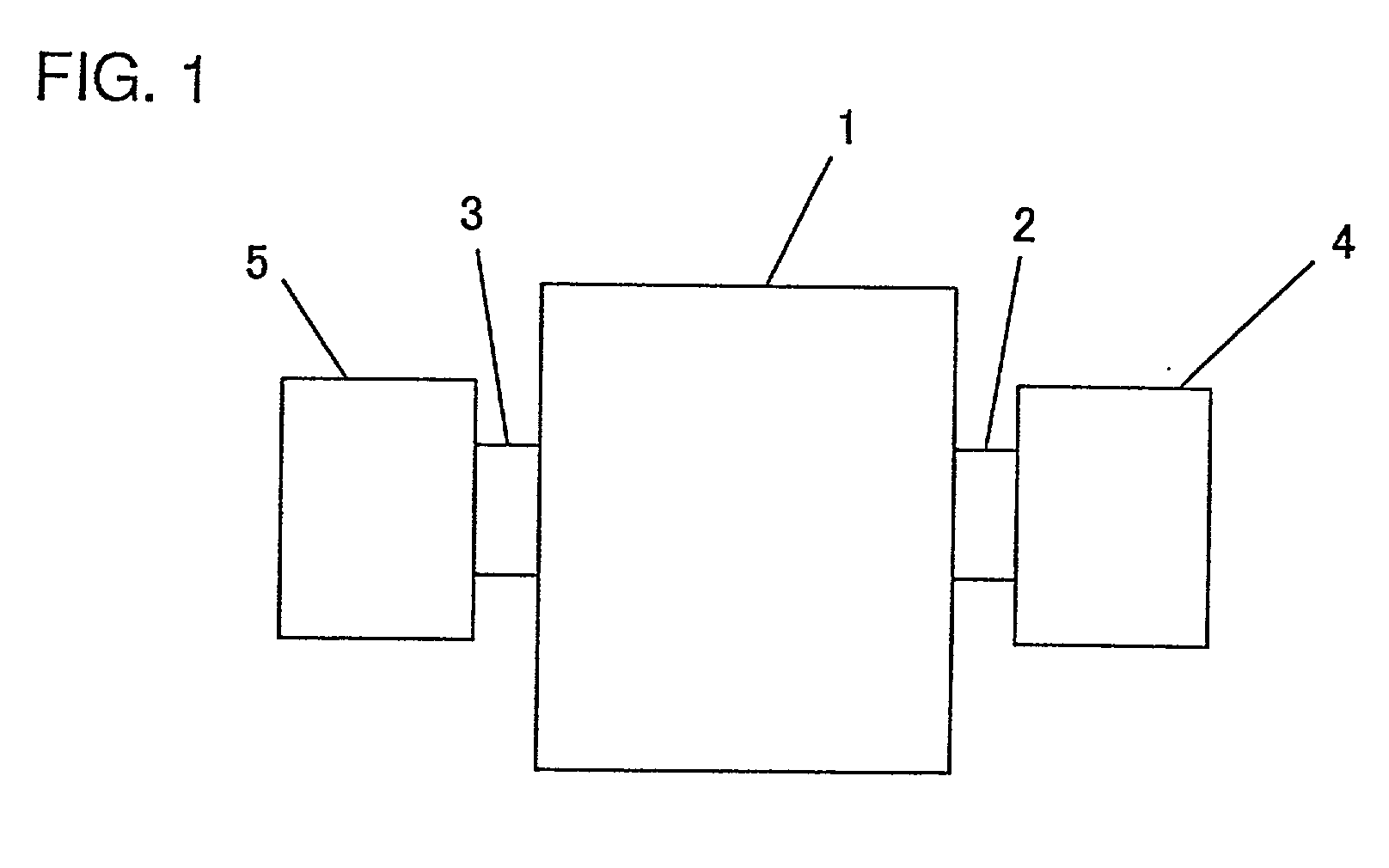Method of Producing negative electrode for lithium secondary cell
a secondary cell and negative electrode technology, applied in the manufacture process of electrodes, cell components, electrochemical generators, etc., can solve the problems of degradation, the technique of independent production of a lithium-containing negative electrode, and the risk of lithium metal dencdroid growth during charging and discharging
- Summary
- Abstract
- Description
- Claims
- Application Information
AI Technical Summary
Benefits of technology
Problems solved by technology
Method used
Image
Examples
example 2
[0044] Except that the thin film of the inorganic solid electrolyte was formed by vacuum evaporation, a negative electrode and a lithium secondary cell were produced and evaluated as in Example 1. The obtained results were the same as those in Example 1.
example 3
[0045] Except that the thin film of the inorganic solid electrolyte was formed by laser ablation, a negative electrode and a lithium secondary cell were produced and evaluated as in Example 1. The composition of the formed thin film was found to be Li (0.40): Si (0.13): S (0.46): P (0.003): O (0.007) by atomic ratio. Except for the composition, the obtained results were the same as those in Example 1.
example 4
[0046] Except that the thin film of the inorganic solid electrolyte was formed by ion plating, a negative electrode and a lithium secondary cell were produced and evaluated as in Example 1. The obtained results were the same as those in Example 1.
PUM
| Property | Measurement | Unit |
|---|---|---|
| thickness | aaaaa | aaaaa |
| dew point | aaaaa | aaaaa |
| thickness | aaaaa | aaaaa |
Abstract
Description
Claims
Application Information
 Login to View More
Login to View More - R&D
- Intellectual Property
- Life Sciences
- Materials
- Tech Scout
- Unparalleled Data Quality
- Higher Quality Content
- 60% Fewer Hallucinations
Browse by: Latest US Patents, China's latest patents, Technical Efficacy Thesaurus, Application Domain, Technology Topic, Popular Technical Reports.
© 2025 PatSnap. All rights reserved.Legal|Privacy policy|Modern Slavery Act Transparency Statement|Sitemap|About US| Contact US: help@patsnap.com


